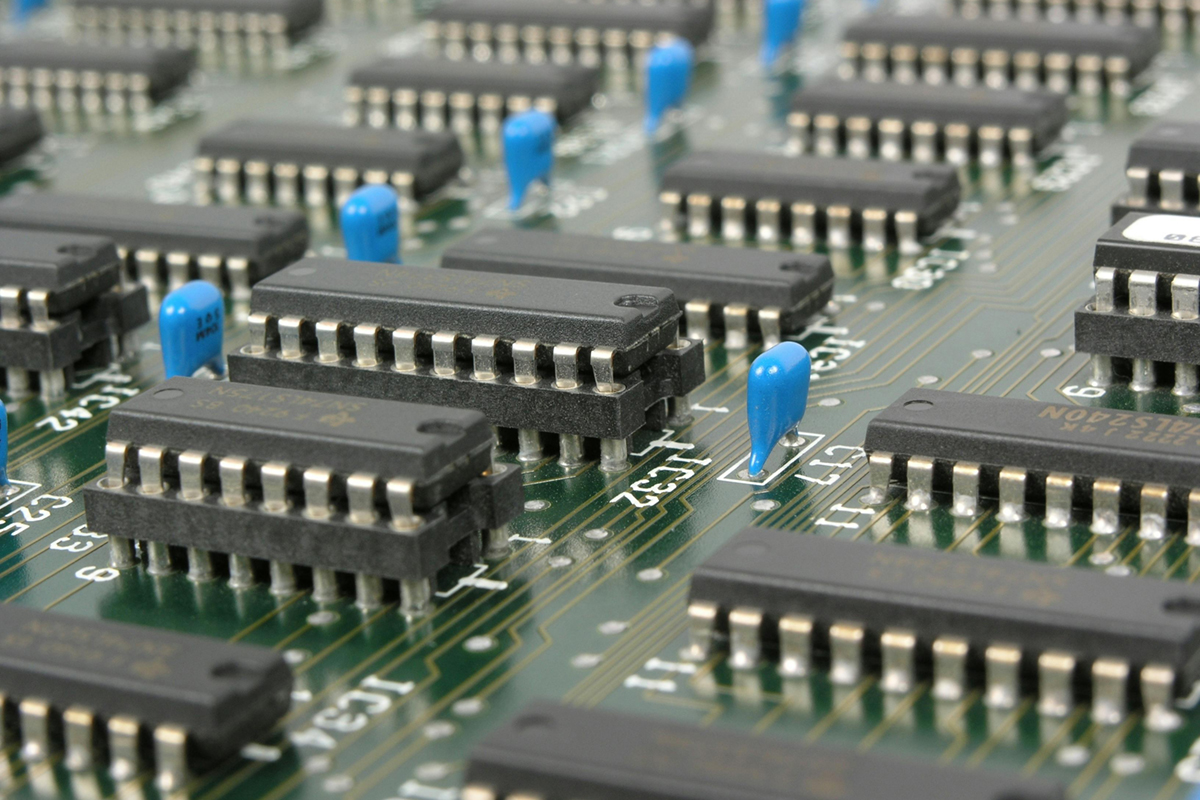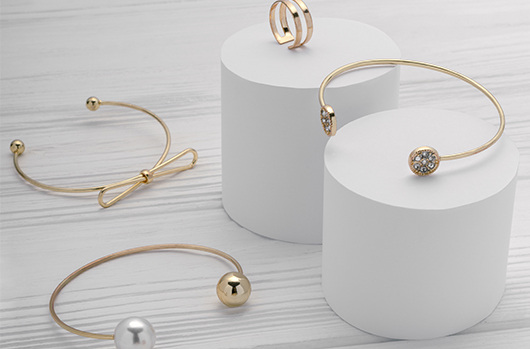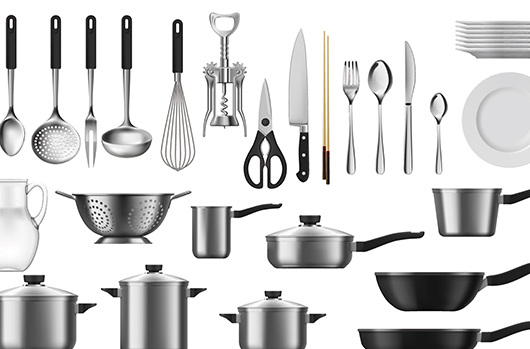Material testing
Metal composition analysis: Determine the content of various metal elements in jewelry, such as the gold content of gold jewelry, the silver content of silver jewelry, and whether harmful heavy metals such as lead, mercury, and cadmium are present, through spectroscopic analysis, chemical titration, and other methods. For example, using an X-ray fluorescence spectrometer can quickly and non destructively detect the metal composition on the surface of jewelry.
Gem identification: Using professional gemstone identification instruments such as refractometers, magnifying glasses, polarizers, etc., to identify the type, authenticity, and quality of gemstones. For example, by observing the internal structure, refractive index, luster, and other characteristics of a gemstone, it can be determined whether it is a natural gemstone or a synthetic or optimized gemstone.
Pearl identification: With the help of magnifying glasses, strong flashlights, and other tools, observe the surface defects, shape, luster, and bead layer thickness of pearls to determine their quality and authenticity. At the same time, the composition of the pearls will also be tested to determine whether they are natural pearls or cultured pearls.
Security testing
Harmful element detection: Inductively coupled plasma mass spectrometer (ICP-MS) and other instruments are used to detect whether the content of harmful elements such as lead, mercury, cadmium, nickel, etc. in jewelry exceeds the national standard limit. These harmful elements may enter the human body through skin contact, oral ingestion, and other means, posing a threat to health.
Physical security testing: Check whether the structure of the jewelry is firm, whether there are sharp edges, burrs, and whether small parts are easy to fall off, to prevent scratches, accidental ingestion, and other injuries to the human body during wearing. For example, conducting tensile tests on the buckles of necklaces and the connections of bracelets to ensure that they will not break under normal use.
Appearance quality inspection
Dimensional measurement: Use measuring tools such as calipers and micrometers to measure the length, width, thickness, diameter, and other dimensional parameters of the jewelry to ensure that it meets design requirements and relevant standards. For example, whether the size of the ring is accurate and whether the length of the necklace matches the markings.
Surface quality inspection: By observing with the naked eye or using tools such as magnifying glasses, check whether there are scratches, cracks, sand holes, bubbles, and other defects on the surface of the jewelry, as well as whether the coating is uniform, smooth, and whether there is peeling or flaking. For example, for gold-plated jewelry, it is necessary to check the quality of the gold-plated layer to ensure that its color is uniform and long-lasting.
Functional testing (for accessories with special functions)
Magnetic testing: For jewelry with magnetism, check whether the magnetic field strength is within a safe range and the firmness of the magnetic components. Because strong magnetic fields may have an impact on human health, especially on users of electronic devices such as pacemakers.
Luminous performance testing: For luminous jewelry, test its luminous intensity, luminous color, duration and other parameters to evaluate whether its luminous performance meets the requirements. For example, whether the luminous effect and duration of luminous jewelry in dark environments meet expectations.
Different types of jewelry, such as necklaces, bracelets, earrings, rings, ankle chains, etc., will be tested based on their characteristics and usage methods, with emphasis on the above testing items. In addition, there may be differences in the testing standards and requirements for jewelry in different countries and regions.






































